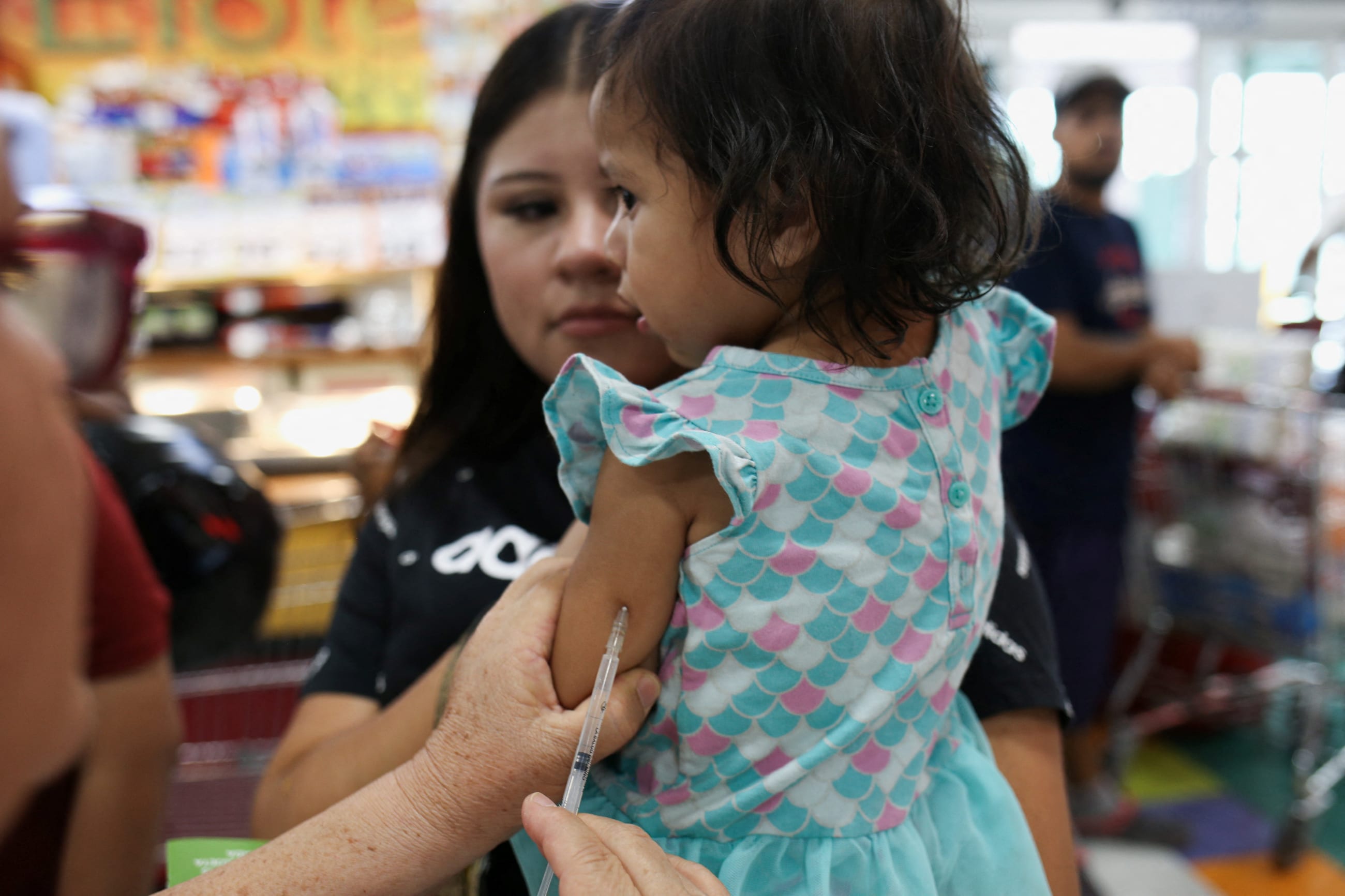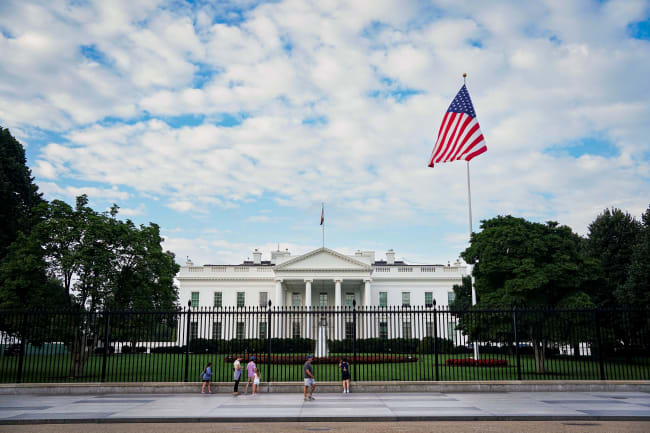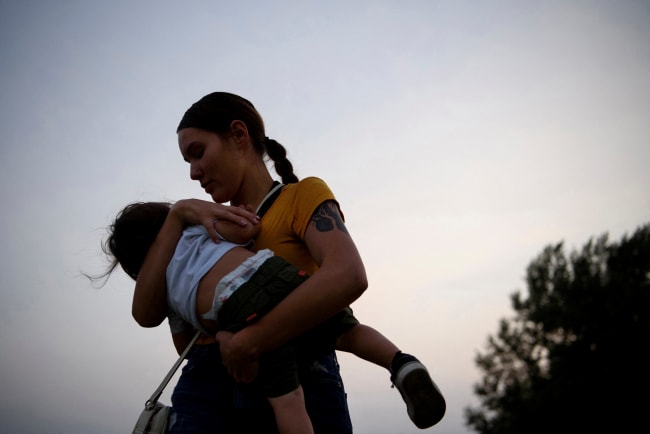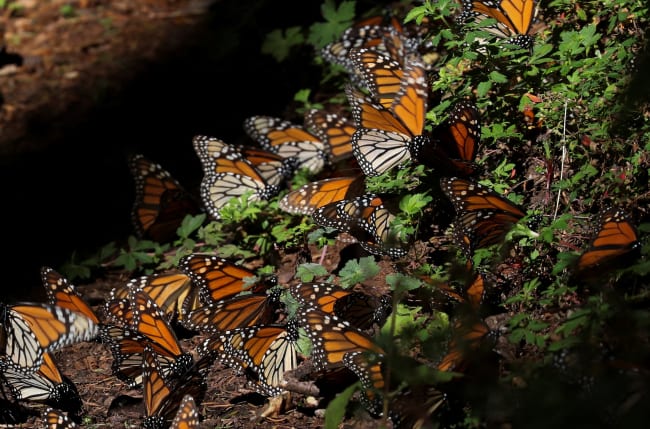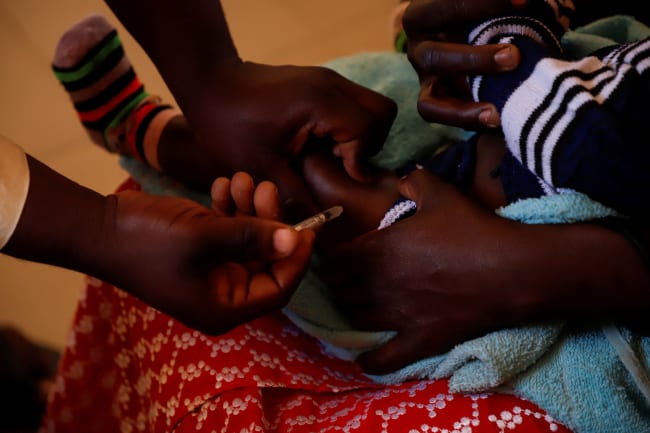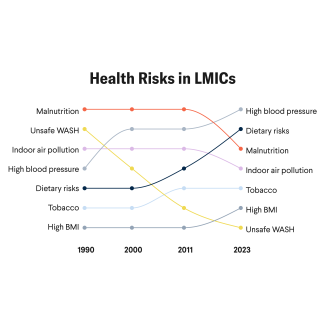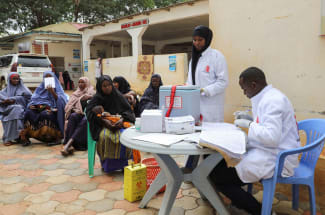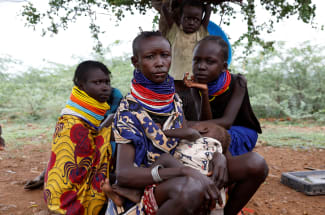Chihuahua, Mexico, is now North America's measles epicenter as the state or province with the most cases recorded in 2025. As of August 13, the Mexican state reported 3,778 confirmed cases, almost three times the incidents across the entire United States. Another 5,286 cases were listed as probable.
Home to 3.9 million people, Chihuahua is also leading in measles fatalities, recording 13 of the country's 14 deaths. Combined, the United States and Canada are reporting four deaths total.
Health authorities traced Chihuahua's first case—a 9-year-old Mennonite child—to a family trip to Gaines County, Texas, where the disease has flourished this year. Mennonite communities, known for being vaccine hesitant, are also implicated in Canada's hotspots.
According to the Pan American Health Organization, last year, Mexico recorded only seven confirmed cases of measles, but the country's tally this year is already above 4,000. In recent months, Mexico's caseload has grown faster than the reported infections in the United States.
Several factors have contributed to the rapid spread of the disease. In mid-February, Mexico reported two imported measles cases: a 5-year-old in the southern state of Oaxaca and a 9-year-old who was the first case of the Chihuahua outbreak. Whereas the Oaxaca outbreak has been ostensibly contained after spreading only to five people, Mexico's border region has seen a harsher fate.
The contrast is a textbook example of what happens when the virus arrives in a vaccinated versus an unvaccinated community, says Mauricio Rodríguez, a biomedical sciences researcher and expert in infectious diseases at the National Autonomous University of Mexico. In May, when Chihuahua's Health Secretary Gilberto Baeza confirmed that the country's first measles case involved a Mennonite child, he noted that only 40% or 50% of Mennonites in Chihuahua are vaccinated.
Mexico used to be a country that knew how to vaccinate
Xavier Tello, author of La Tragedia del Desabasto
"The virus arrived in an unvaccinated community. It spread quickly and from there jumped to other unvaccinated communities," says Rodríguez. The virus has also taken a toll on Chihuahua's indigenous groups and farmworkers, who often lack access to health-care coverage or miss vaccination programs because of their travels during harvest season. Most of this year's measles deaths—11 of 14—involved indigenous people; the other three were Mennonites, according to information that Chihuahua's health secretary shared with Think Global Health. None were vaccinated.
Moreover, epidemiologists report that a large portion of Mexico's young adults, ages 20 to 49, lack the immunity to fight measles. This age group represents 40% of the cases recorded in Mexico this year. A survey conducted in 2022 found that approximately 60% to 70% of this group carries measles antibodies. Measles is so contagious that the World Health Organization states that 95% immunity among the population is needed to prevent the disease from spreading.
The outbreak arrives amid a complicated period for the Mexican health-care system. When the National Regeneration Movement (MORENA) assumed executive power in 2018, the party implemented a series of administrative changes that disrupted the vaccine purchasing process, leading to shortages. Mexico was already struggling to protect its children, but between 2018 and 2019, the percentage of youths who received a second dose of the measles vaccine dropped almost by half, according to data from the World Health Organization.
"Mexico used to be a country that knew how to vaccinate," says Xavier Tello, public health expert and author of La Tragedia del Desabasto, a 2022 book about medicine shortages. "All of that fell after 2018."
When the pandemic hit in 2020, health-care services in Mexico and across the world threw themselves into combating the crisis; children's immunization fell behind during the lockdowns. Mexico hasn't fully recovered: In 2024, none of its immunizations that make up the children's basic vaccination scheme reached 90% coverage. In 2024 alone, 20% and 31% of children, around 1 million total, didn't receive their first or second measles vaccine dose.
MORENA has also pushed for changes to the Mexican health system that doubled the uninsured population. From 2018 to 2022, the number of people who didn't have access to health-care services escalated from 20 million to 50 million, according to the National Council for the Evaluation of Social Development Policy (CONEVAL) [PDF]. Concurrently, the National Survey of Household Income and Expenditure showed that Mexicans are spending more of their income on private health services, and now poorer groups rely more often on doctors practicing out of pharmacies.
But pharmacy-based doctors face lax oversight and do not always report measles cases to official public health systems, say Rodríguez and Sergio Pérez Corral, a government doctor in a Chihuahua rural clinic. Corral believes that some measles patients in his area turned to pharmacy doctors.
This year's federal budget included a 34% cut for the Health Secretariat
Under MORENA, federal health-care spending has also decreased. In 2023, the Mexican government spent 93% of the health budget initially allocated. The Health Secretariat, which oversees the public health system that traditionally serves the country's poor, used only half of its allocated budget.
This year's federal budget included an 11% cut in health-care spending and a 34% cut in the Secretariat's budget. The government also slashed 10 billion pesos ($533 million) from the Secretariat's vaccination program, a 69% cut.
"Before 2018, there weren't such general budget cuts to the Health Secretariat," says Judith Mendez, an associate director of research at the Center for Economic a Budget Research, a Mexican think tank.
Data from the treasury secretary shows that, despite the measles outbreak, the health secretary has spent only 1% of the vaccination program budget this year. Other programs have already spent 90% of theirs. It's hard to know the reasons for the underspending, Mendez says.
Mexico's measles outbreak extends to 20 of its 32 federal states, necessitating a massive vaccination campaign, says Gustavo Zarate, an epidemiologist at the National Autonomous University of Mexico. But given the portion of people without immunity and the babies who haven't been vaccinated, such a campaign would require millions of doses.
"Mexico now is in a complex situation," Rodríguez says. The country does not produce the measles vaccine and, as new hotspots appear all over the globe, the countries with homegrown supplies are saving their doses for their people.
Last week, a spokesperson for the health secretary told the news site Proceso that 4.5 million people had already received a measles vaccine. Every year, approximately 2 million children are born in Mexico, and they need a vaccine dose at 12 and 18 months, meaning that the country needs around 4 million doses just for its usual vaccination needs.
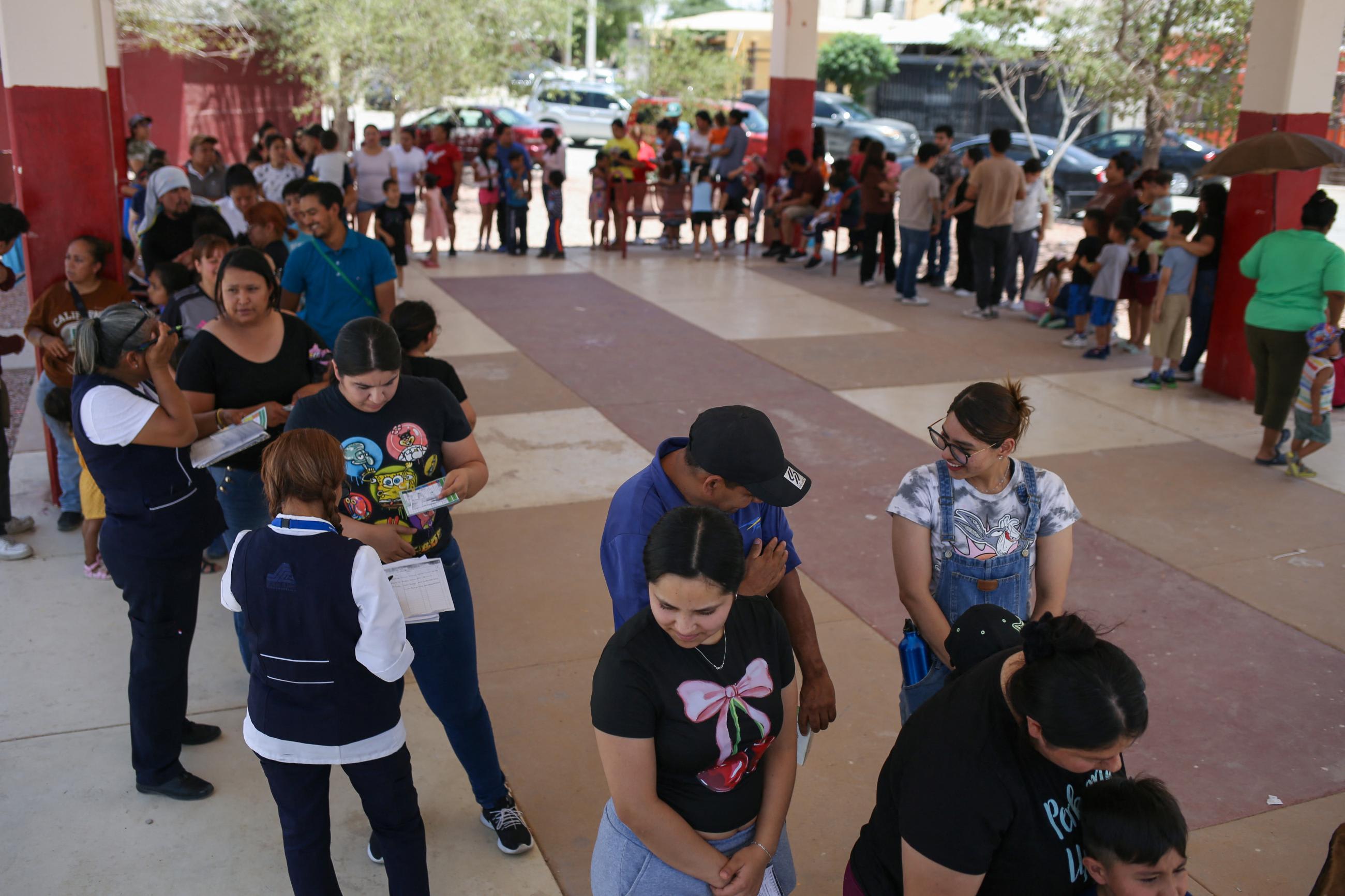
REUTERS/Carlos Sanchez
